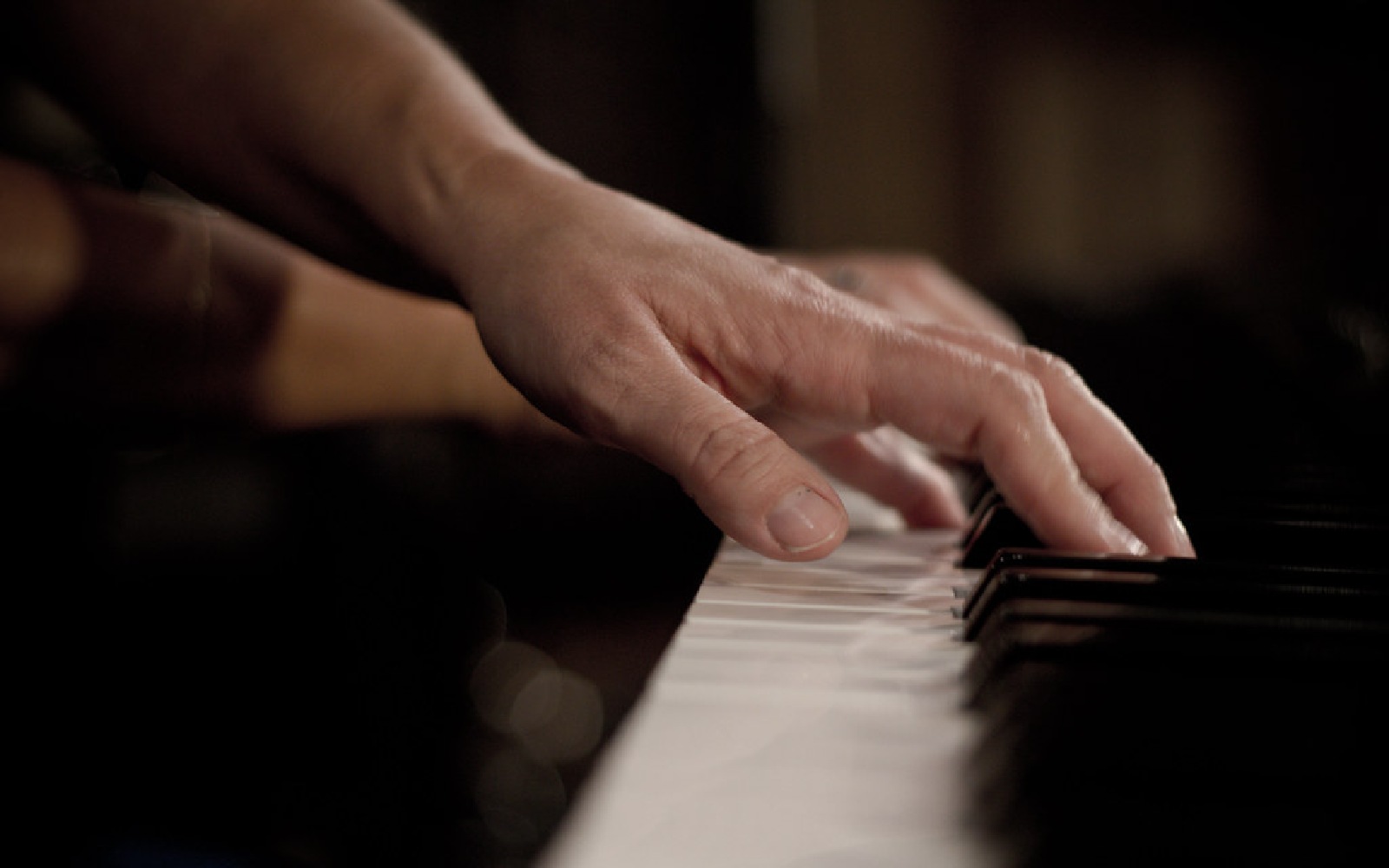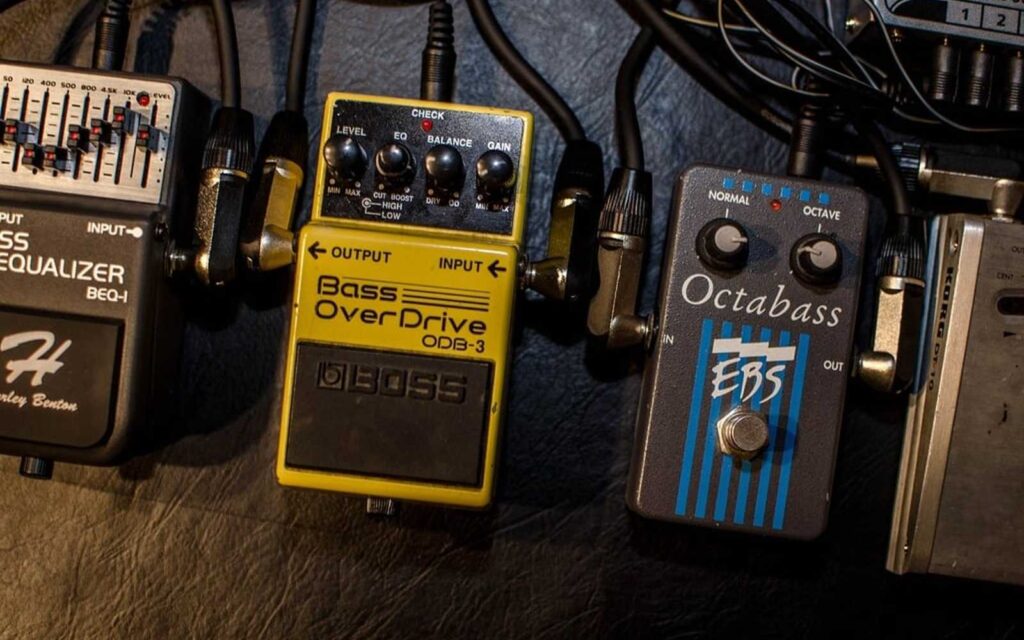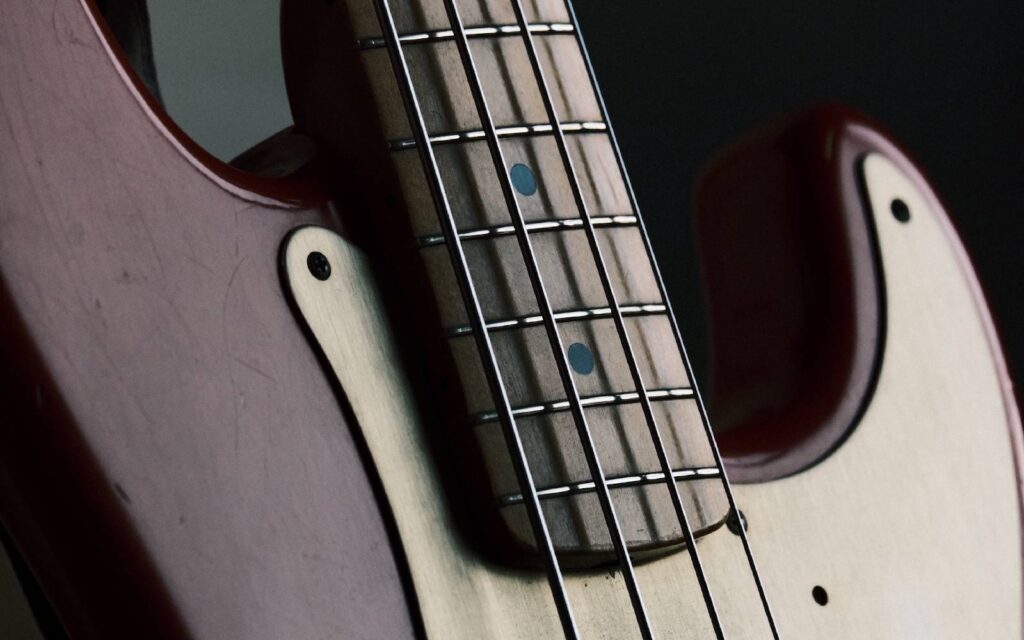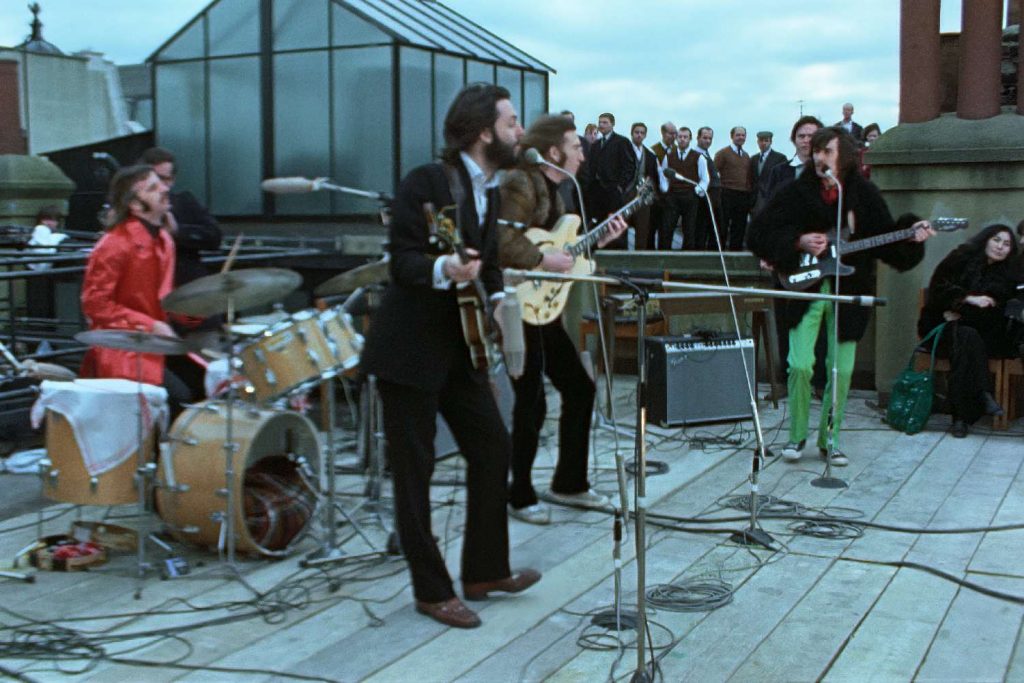From The Simpsons to Slayer, we explore the historically spooky interval
The devil’s interval – diabolus in musica – or simply the tritone is a one-of-a-kind interval. You’ll have likely cringed to its characteristic piercing dissonance that’s notoriously rumoured to have been banned in middle age churches.
Tritone
Today, we’re going to explore where this three tone interval has cropped up in a range of genres over more recent decades – where the connection always lies in the creation of movement and tension.
‘Prelude to the Afternoon of a Faun’ – Claude Debussy (1894)
The tritone exploded into classical music during the romantic period, with composers creating bone-chilling and spooky atmospheres for audiences. That said, Debussy’s arrangement here actually makes rather beautiful use of the tritone. The opening flute line almost covers up the harmonic discrepancy of a descending tritone with its playful use of the chromatic scale, painting us a picturesque woodland bustling with wildlife.
Devil’s interval
The tritone is usually referred to as an augmented 4th in classical music, as opposed to a diminished (or flat) 5th down the track, particularly in jazz – an interesting divide.
Read all the latest features, columns and more here.
‘Blues for Alice’ – Charlie Parker (1951)
Here we jump right into an example of tritone substitutions – a staple in the world of jazz, achieved by replacing a dominant 7th chord with another dominant 7th chord with its root note one tritone away. You’ll hear flurries of them throughout the bebop years, thrown into countless ii-V and 12 bar blues arrangements, which opened new avenues of harmonic freedom for improvisation.
This is a great example of both and you’ll hear Parker’s characteristic licks throughout this recording. Ultimately, tritone substitutions provided some of the groundwork for John Coltrane to later develop his changes, but I’ll let you deal with that in your own time.
‘Girl From Ipanema’ – Antonio Carlos Jobim (1962)
A little ways down the road we run into one of my favourite features ever – watch Sinatra light up a cigarette before lagging his vocals so far behind Jobim’s staccato guitar plucks. It’s an amazing collision of American pop and jazz with Brazilian Bossa Nova recorded live in 1967.
The original song utilises the same tritone substitution here as a turnaround. This is usually subbed in on the fifth of the scale, so here in F major you replace a C7 with a Gb7. Harmonically, it works because these two chords share two notes (E and Bb), which just so happen to be a tritone as well.
Tritone examples
‘Purple Haze’ – Jimi Hendrix (1967)
Hitting back with one of the greatest songs of its era and a staple in rock music, Hendrix wrote the lyrics in response to a dream he had where he was walking under water surrounded by ‘Purple Haze’. He claimed this had nothing to do with LSD and it was instead Jesus that saved him from the dream.
Aside from the fact that the Hendrix chord – E7#9 – contains the tritone D and G#, what we’re interested in here is the ironic use of the devil’s interval, E and Bb, used to open the song before Hendrix launches into his iconic guitar riff.
‘Black Sabbath’ – Black Sabbath (1970)
Perhaps the tritone’s proudest owners we find these days are when we begin to look at heavy metal music. It’s speculated that artists first gravitated towards using the tritone simply because of its connotations with the devil, but guitarist Tony Iommi has said in interviews that this was not at all his intention when writing for Black Sabbath. He comments that to him the tritone simply sounded right – it certainly fits the bell doth toll opening track of Sabbath’s self-titled.
These examples are comparable to the earlier uses of the tritone found in tense classical music, though, the musicians here tend to stir in its unease a while longer.
‘Station to Station’ – David Bowie (1976)
What makes the tritone so special is that it’s the midpoint of all the intervals. For example, when you play an E octave with a Bb in the middle, there’s the same number of semitones between the first E and the Bb than there is between the Bb and the next E. Its dissonance perpetually stings as you play octave after octave, ascending or descending.
Here the tritone is hammered away periodically for almost half of Bowie’s 10-minute title track. As unsettling as it is for a time, you’ll quickly get lost in its driving feel.
‘The Simpsons Theme’ – Danny Elfman (1989)
Perhaps the most iconic of all the tunes listed is the theme from our beloved cartoon. Elfman constructs his most famous composition around a Lydian Dominant scale, which is the same as a major scale with an augmented 4th and a flat 7th substitution. It’s one of the few scales that actually contains a tritone, which lends itself to sound great over dominant 7th chords.
No wonder that both the opening lyrics and little flutters between melody lines are tritone intervals – pulling us deep into the unsettling world of the Simpson’s family. Elfman also throws in a few fills using the whole tone scale, which you guessed it, contains the tritone as its midpoint.
‘Woo Ha!! (Got You All In Check)’ – Busta Rhymes (1996)
Particularly because of its history in blues and jazz music, it’s unsurprising that the tritone has popped up across hip hop.
There’s very little resolution in this track, rather a perpetual bass loop that keeps stepping between root notes, semi-tones and the tritone – with great off key ‘yah, yah, yah yaaah’s from Busta to throw you straight into the deep end. Also make sure to check out the remix featuring Ol’ Dirty Bastard and the insane music video to match.
‘Bitter Peace’ – Slayer (1998)
The opening track to the album Diabolus In Musica is Slayer’s testimony to the tritone – for the Latin translation, “the devil in music” is recognised as Slayer’s most experimental album to date.
The opening guitar riff sets you up for the contents of the rest of the album, recorded mostly in muddy C# tuning and relying on tritones just about everywhere – an honest and true reconciliation of its history while continuing to push the boundaries of heavy metal.
‘Yellow Brick’ – Henry Wu (2015)
Our final song to finish off – another influenced heavily by jazz. Henry Wu, better known as Kamaal Williams, is fast fusing the fabrics of the UK’s music scene. I included this simply because of the vocal sample at the end of the track – for the life of me I can’t figure out who it is.
It features a number of times throughout the Good Morning Peckham EP along with Williams’ own spoken word, and is a great way to sum up what the tritone is all about – tension.
“The ears of people react to wrong. The audience reacts to wrong, and what you have to do, you have to throw that little wrong in, then you make it right, that messes them up.”
Keen to keep reading? Find more history here.







